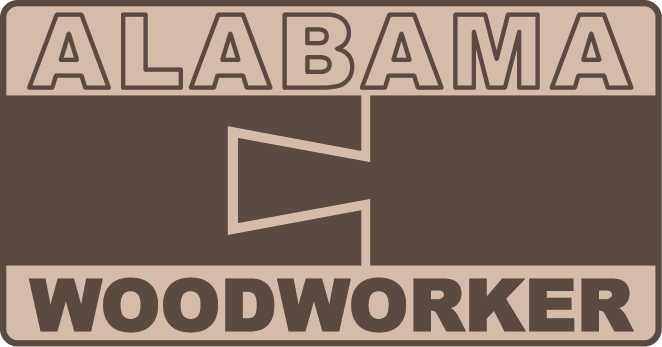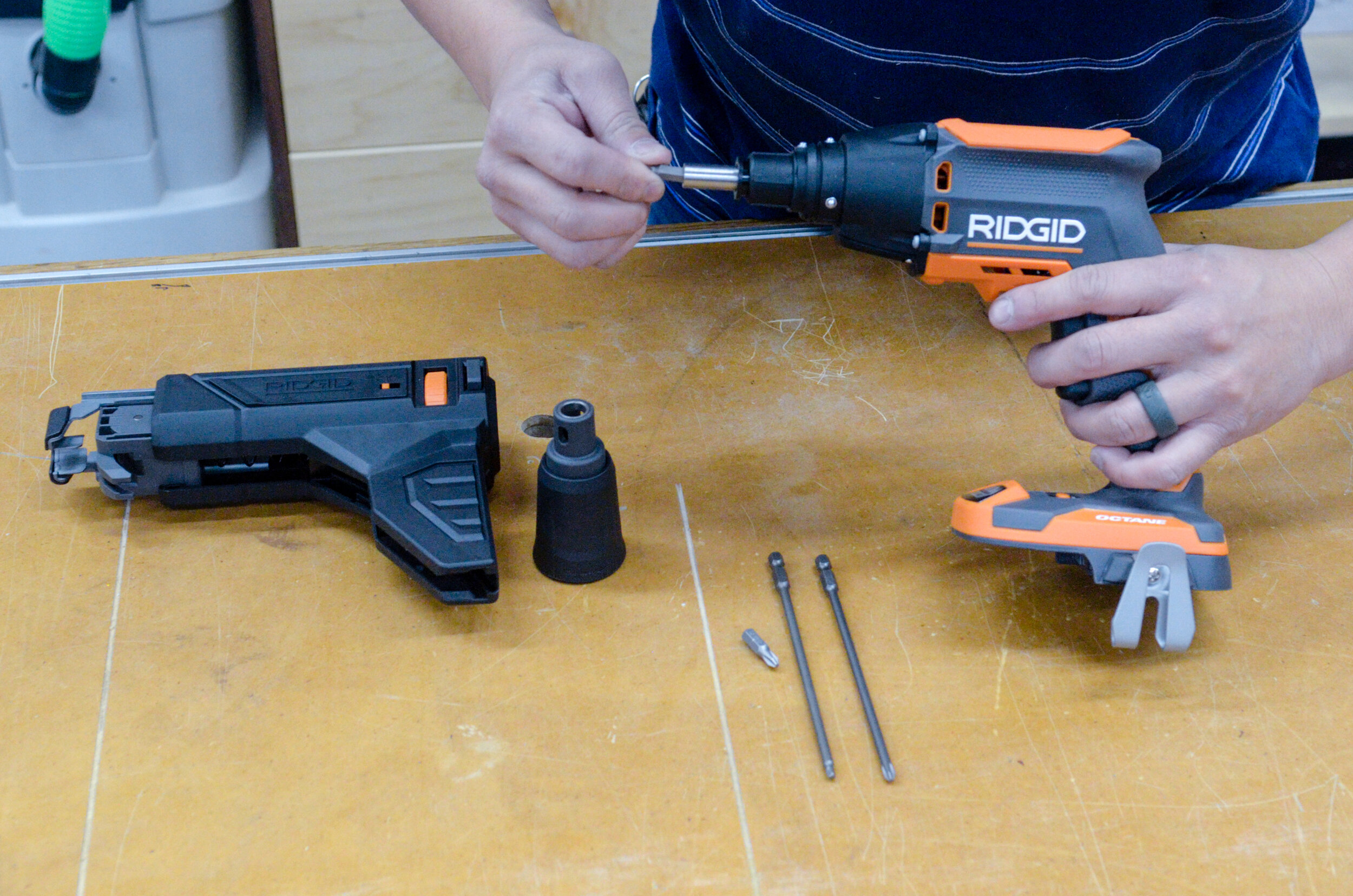A drywall screwdriver has unique features that make it the ideal tool for installing drywall and sub-flooring.
*This post is sponsored by The Home Depot
Links below are affiliate links, clicking on them helps me keep this site going at no extra cost to you . Thank you for supporting my site.
At first glance a screw gun, or more specifically a drywall screwdriver, appears to be very similar to a drill or impact driver. Because of the similarity in looks, it can be difficult to figure out which to use for different types of applications. There are some definite crossovers in applications but there are pros and cons to adapting a tool for a job outside of it’s intended application.
For this post, I'm exploring the Ridgid 18V Cordless Brushless Drywall Screwdriver with Collated Attachment. This screw gun does only one thing, but it does it very well. As the name implies, the screw gun drives screw and doesn't do anything else. The Ridgid Screwdriver comes with a short bit for a drywall nose cone and a long bit for the collated attachment to drive collated screws on a belt.
Short bit holder for drywall nose cone.
Drywall nose cone
Long bit for collated attachment
Collated attachment
A major benefit to using a screw gun is that they allow you to set the depth to which you’re driver screws. A screw gun operates at a much higher speed than a drill. Screw guns are often twice as fast as drills, even when using the same amount of power but at much lower toques. This means that you have more control when it comes to driving the screws to the correct depth in sheetrock or subflooring. Another means by which screwguns have more control is by setting the depth on the nose cone. The depth by which the driving bit protrudes past the nose cone can be adjusted to ensure the screw head doesn’t drill to far past the first layer in drywall or flooring, which can compromise the integrity of the material.
Drills struggle in situations where precision is needed. It’s difficult to drive a lot of screws in sequence to the exact same depth with a drill. Another added feature of the Ridgid Drywall Screwdriver is the push-to-drive feature, which uses a pressure sensitive variable speed switch to control speed by pressing down on the tool, eliminating the need for a trigger. The tool automatically stops once the material comes in contact with the material because there isn’t enough space for the bit to be depressed and engage the brushless motor.
An impact driver is designed to operate at high levels of torque whereas a screw gun is designed to operate at high speeds and low torque. Again, it all comes down to precision in depth. Drywall and flooring screws encounter very little resistance as they are screwed into wall studs and floor joists. An impact driver is design to “hammer” a screw into the intended material with a high level of torque, which is difficult to control depth.
Using the Ridgid Drwall Screwdriver to install plastic flooring for an outdoor shed.
I recently used the Ridgid Drywall Screwdriver to install the plastic flooring for my outdoor shed. It was imperative that the screws not be over-driven into plastic flooring which would crack under high pressure. While an impact driver and drill could accomplish this task, the high torque and inability to control screw head depth means I risk cracking the flooring. By setting the nose cone to the appropriate depth, the screw gun disengages the motor from the tip when the screw reaches the proper installation depth.
Flooring screw driven to the correct depth.







